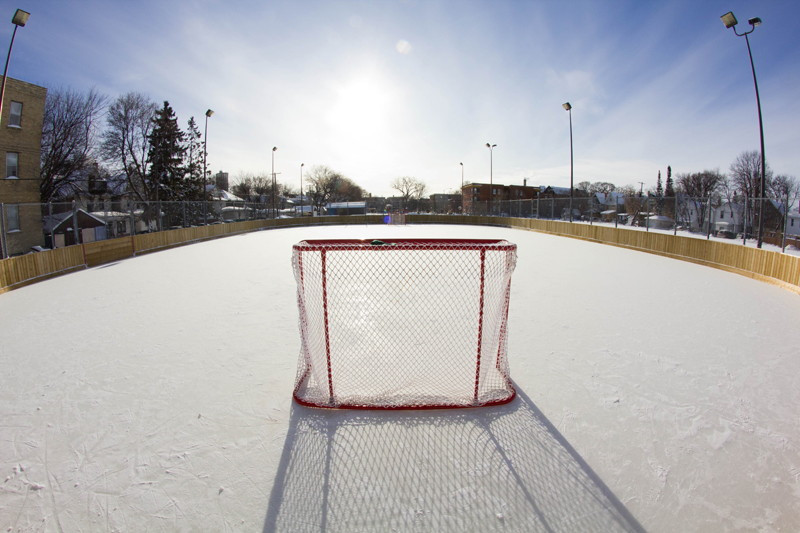Breaking the ice
City subcommittee reviewing plastic product for potential use in small Winnipeg arenas
Small, stand-alone arenas in Winnipeg could soon change their rinks’ surfaces from real ice to polymer, a synthetic ice substitute similar to a thick plastic.
“The prospect is 50/50 and it all depends on the quality of the product,” said Gord Steeves, city councillor for the St. Vital ward.
The product is currently under review by a protection and community services subcommittee for the city which estimates it will have the results within 90 days.
“Cost is the primary benefit,” said Steeves, who is the chair of the committee. “No one is talking about a mass replacement of ice, but one or two surfaces to start is worth looking at.”
Steeves said that a new ice plan for the city’s stand-alone arenas that are in need of a makeover could cost over $500,000 per rink, which in some cases may not be worth the fix.
According to Ed Meichsner, director of building operations for the MTS Centre, if the polymer were approved by professional leagues like the American Hockey League and National Hockey League there would probably be a few venues looking towards installing the technology.
“There would be definite cost savings. It takes large electrical demands to run the ice compressors. There is also a large water requirement so right off there is a positive environmental impact,” he said.
“ No one is talking about a mass replacement of ice, but one or two surfaces to start is worth looking at.
Gord Steeves, city councillor, St. Vital
However, there is speculation about whether the polymer will have the same quality and effect as real ice.
“Speed and agility are two key components to a players skill set, (and) if the new surface negatively impacts either of these, (it) will ultimately affect the way a team prepares physically for games,” said Michael Gordichuk, assistant coach to the Winnipeg Saints Junior “A” Hockey Club in the Manitoba Junior Hockey League.
“Especially if the surface is slower, requiring more physical exertion by the player to compensate.”
Reports show that the polymer ice rinks have a 90 per cent glide factor compared to real ice, which can sometimes slow skaters and make turning difficult.
Gordichuk said that because of this, he is concerned about the potential increase in injuries, especially in knees and ankles, if the surface is restrictive to players while trying to accelerate, stop and pivot during games.
Another disadvantage, according to Meichsner, comes from the other uses of the surface.
“It is used constantly for other types of events where the surface can become damaged and very dirty, even when covered,” he said. “Natural ice allows us to resurface by shaving off old ice and replacing with new. I’m not sure this surface would give us that option.”
The first use of synthetic ice for the purpose of skating was developed in the 1960s by Dupont, a global scientific company working towards sustainable solutions to everyday life.
Since then, synthetic rinks have evolved and are used across North America, with the first NHL-sized synthetic ice rink opening Dec. 31, 2010 in Fort Chipewyan, Alta.
Published in Volume 65, Number 16 of The Uniter (January 20, 2011)







